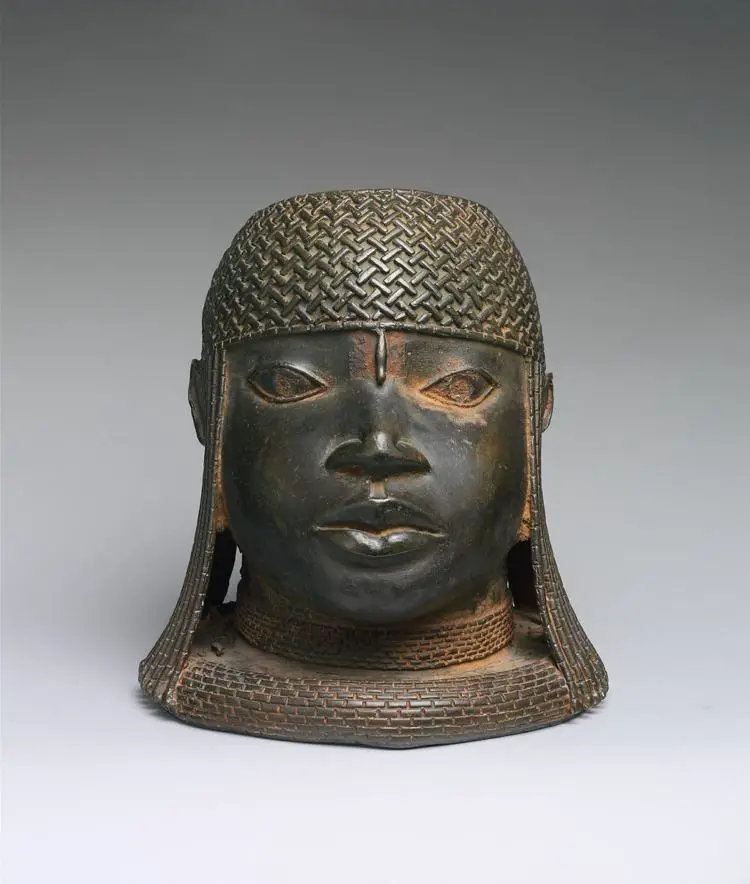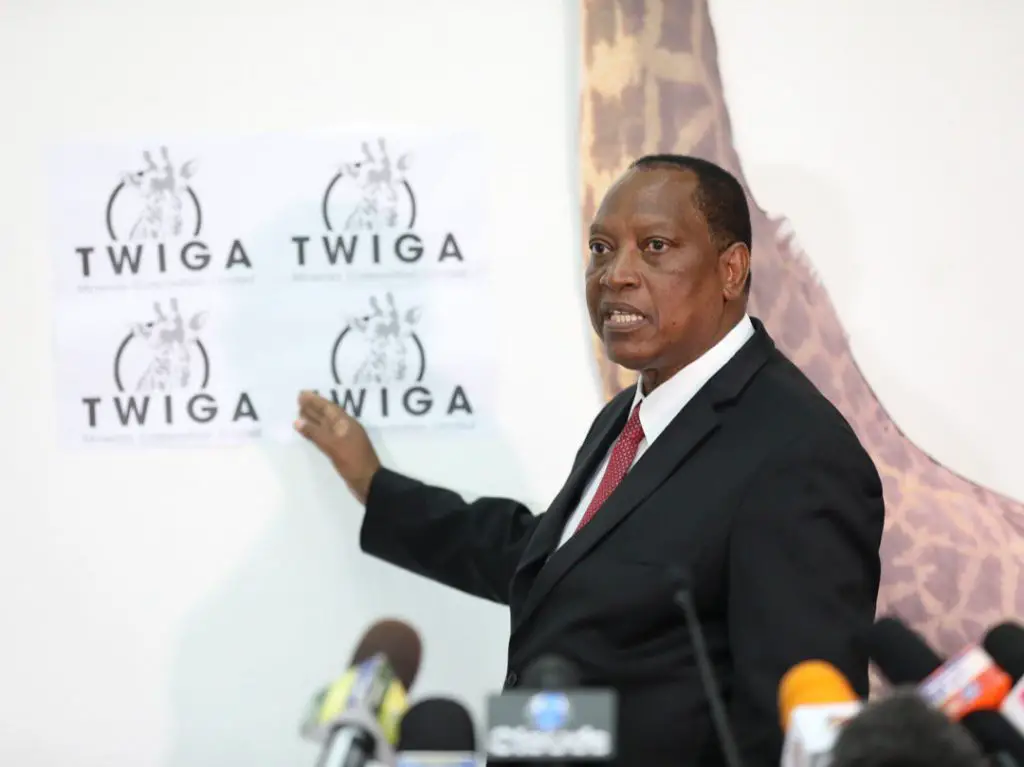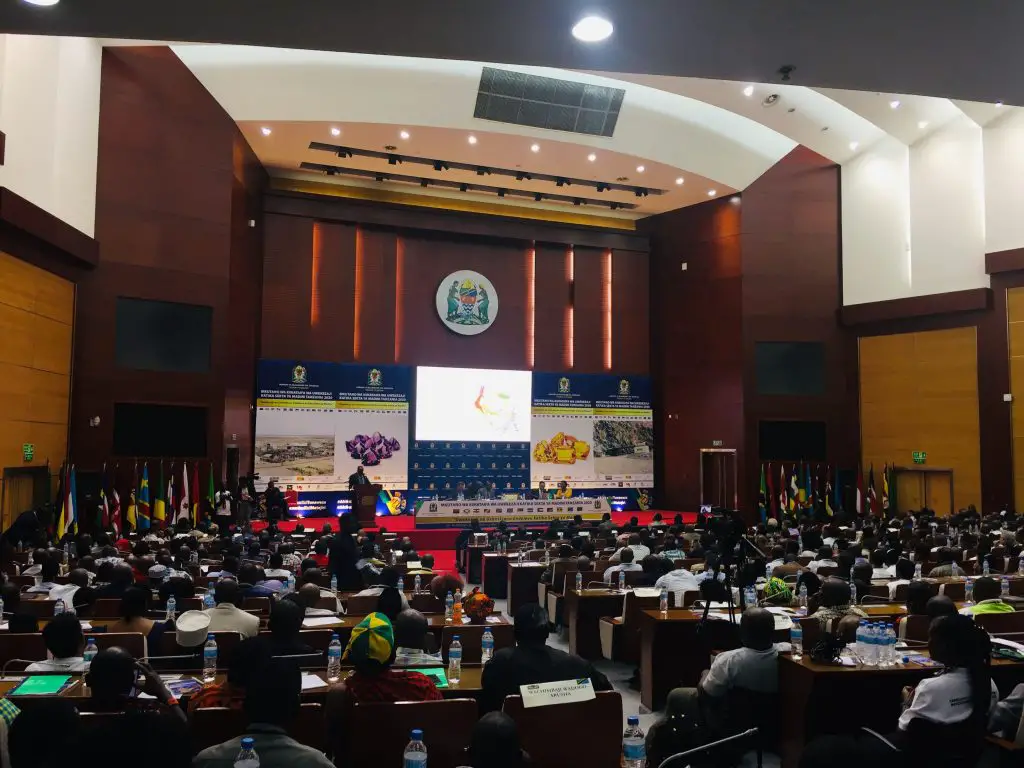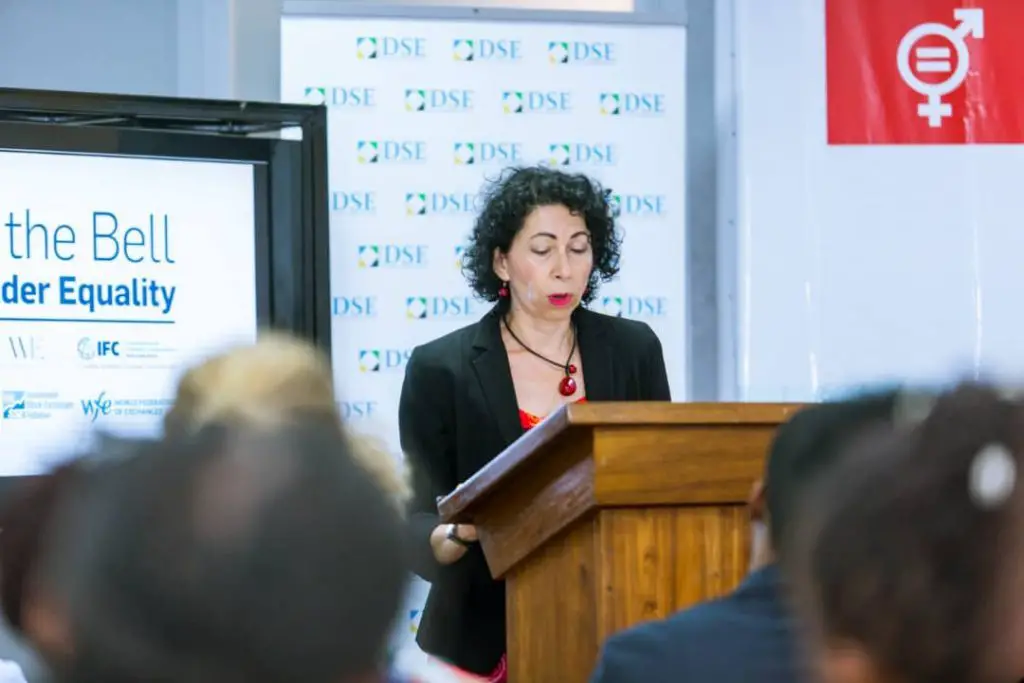- Africa’s new dawn: the rising role of digital and AI in agriculture
- Can Dangote Refinery Transform Africa Energy Ambition
- Gallup Survey: 80 per cent of Kenyan Workers Are Disengaged and Seek New Opportunities
- Madagascar Man Freed from 5KG Tumor After 15-Year Struggle
- How women in Africa are perceived and treated
- Sugar consumption in Kenya to Increase to 1.23 Million Tonnes
- Can Somalia and Turkey Oil deal Bring Change in Somaliland
- Remittances to Kenya dropped to $371.6 million in June, marking a six month low
Browsing: Mining
There are thousands upon thousands, if not millions, of African artifacts scattered all across Europe. According to the most commonly cited figures from a 2007 UNESCO forum, 90 per cent to 95 per cent of sub-Saharan cultural artifacts are housed outside Africa. Many, like the works from Benin, were taken during the colonial period and ended up in museums across Europe and North America.
Be they in national museums or private collections, African masks, paintings, carvings, sculptures, potteries—all ancient and priceless—are being held abroad, and the keepers refuse to return them.
For the purpose of formalities let us look at the arguments posed by museums. After all these are the places where the artifacts are on public display and clearly labeled, for instance, ‘Ancient Benin Bronze Axe 1897’ yet the piece is in a French museum and the museum will not release it back to the Kingdom of Benin—present day …
Tanzania’s President John Magufuli has ordered the country’s Ministry of Minerals to allocate land to iron and other metal smelters; and to lure investors quickly, the president said the land allocation may even be done at ‘no direct charge’ to the investor.
The President issued the order at a swearing in ceremony for the ministry’s new deputy minister, on Friday 11.12.20. President Magufuli was emphatic over the sector’s potential to contribute to national development. He specifically named a few areas that have already been identified to have ‘millions of tonnes of iron deposits.
“We have so much iron deposit, if the smelters ate willing to melt stolen rails they are willing to smelt iron ores,” he said.
“Give investors areas to mine iron and other metals and minerals,” he went on to say and even pointed out that “…even right here at the capital, we have iron deposits.”
With that, …
The Government of Tanzania and Barrick Gold entered into a partnership last year, and created a new joint venture, Twiga Minerals Corporation.
Barrick Gold’s one-year-old partnership with the Tanzanian government marked new ground as the Canadian miner was awarded 10 new exploration licenses this year and subsequently plans to spend $8 million on exploration, Barrick’s president and chief executive Mark Bristow said during a recent press briefing.
According to Barrick, the North Mara mine—which was at the centre of scrutiny by the Tanzania government is now “re-energized and ahead of plan in the year to date and Bulyanhulu has resumed underground mining operations and is scheduled to restart processing of underground ore by the end of 2020 as a long-life underground mine”.
All of these affairs operate under the new joint venture named—Twiga Minerals Corporation, in charge to oversee three gold mines, Bulyanhulu, North Mara and …
Barrick Gold, world’s second-largest gold producer, will start to ship out gold estimated to be worth $280 million from Tanzania, the miner chief executive Mark Bristow told Reuters on Monday.
According to Bristow, the decision to export came after, Barrick and the government of Tanzania, settled its three-year- tax disputes.
On Friday, January 24, Barrick and Tanzania settled the dispute, and the signing ceremony which was televised marked a fresh start for Barrick which is the largest miner in Tanzania.
“The shipments will start immediately and, as we speak, we are mobilizing the concentrates. It’s (worth) around $260-$280 million depending on the price of metal prices at the time of sale” Mark Bristow told Reuters in a telephone interview
Spot gold, which rose 18% last year, is hovering at about $1,600 per ounce. And yet, Barrick’s operations in Tanzania, contribute almost 6 per cent of its gold output.
READ:
…Zambia, Africa’s second-largest copper and cobalt producer stands to sustain a serious hit in its mining industry as the leading diversified natural resources producer, Eurasian Resources Group (ERG) had planned to put its Chambishi Metals copper and cobalt refinery in Zambia under maintenance and cut 229 jobs by the end of January.
According to a report by Reuters, the President of Mineworker’s Union of Zambia commented to the news agency that the union was informed of the layoffs as the miner was halting production temporarily due to difficulties sourcing raw materials for the refinery.
Reuters also confirmed that Zambia’s mines minister Richard Musukwa had been informed about the layoffs.
International Trade Administration (ITA) indicates that Zambia possesses the world’s highest-grade deposits of copper and is ranked the seventh largest copper producer and contributes to over 70 per cent of the nation’s foreign export earnings.
Zambia mining industry contributes 12 per …
Barrick Gold Corporation is back to business with Tanzania, after signing an agreement with the government of Tanzania earlier today in the commercial city, Dar es Salaam.
According to a statement from Barrick, the agreement formalizes the establishment of a joint venture between Barrick and the government and showcasing the government full visibility of and participation in operating decisions made for and by the North Mara, Bulyanhulu and Buzwagi mines.
Barrick finds the latter a rather pioneering move that would take its policy of partnership with its host countries to a new level.
Further, the agreement has ratified the creation of Twiga Minerals Corporation (of which initial establishment began last year), the management company jointly owned by the government and Barrick, overseeing the miner’s local operations.
The corporation is now owned 84 per cent by Barrick and 16 per cent by the government. Also, the deal provides for a 50/50 …
The large-scale mining industry in Tanzania just got interesting.
On October 20th, the government of Tanzania and the mining companies previously managed by Acacia Mining, but now managed by Barrick Gold Corporation, strike a new partnership, to settle all disputes, which saw major reforms in the sub-sector in the past 3 years.
According to the government of Tanzania, the agreements have been submitted to the Tanzanian attorney general for review and legalization.
The new partnership comes, after—Acacia (now Barrick Gold), Tanzania’s largest gold producer was cleared by the Magufuli government and resumed its metal concentrates exportation after a series of regulations led by The Mining Commission of Tanzania Ministry of Minerals that impeded the export of the mineral.
Further, according to Barrick Gold, the terms of the agreement include payment of $300 million to settle all outstanding tax and other disputes; the lifting of the concentrate export ban; the sharing …
For over 20 years, Acacia and its forerunner mining companies including African Barrick Gold, Barrick Gold, Placer Dome, Pangea Minerals and Afrika Mashariki have been operating in Tanzania in three gold mines, Bulyanhulu, Buzwagi and North Mara, found in the north-west region of Tanzania.
Acacia-Tanzania’s largest gold producer was recently cleared by the Magufuli government and resumed its metal concentrates exportation after a series of regulations led by The Mining Commission of Tanzania Ministry of Minerals that impeded the export of the mineral.
In a press release published by Acacia on 15th August, export permits are now received by Acacia that noted to have missed 30 percent of sales since the ban went live.
Despite the latter, Acacia and Tanzania could mutually benefit form the mining industry which has grown by 10 percent in the first quarter, according to Tanzania’s National Bureau of Statistics (NBS) 2019 first quarter highlights.…
Tanzania is on the right track in implementing the Africa Mining Vision (AMV)-a continental initiative aimed at seeing minerals drive development of endowed countries, it has been observed.
Speaking in Dar es Salaam on 9th May, 2019 during the regional dialogue on `Enhancing National Ownership in the mining sector, the United Nations Development Program (UNDP) Resident Representative Natalie Boucly said that Tanzanian government has undertaken key reforms which are constituent with the AMV principles.
The Africa Mining Vision was adopted by Heads of State at the February 2009 AU summit following the October 2008 meeting of African Ministers responsible for Mineral Resources Development. It is Africa’s own response to tackling the paradox of great mineral wealth existing side by side with pervasive poverty.
Boucly said it was according to the overall findings of the Gap analysis study conducted by UNDP in collaboration with the Uongozi Institute to analyze AMV …









